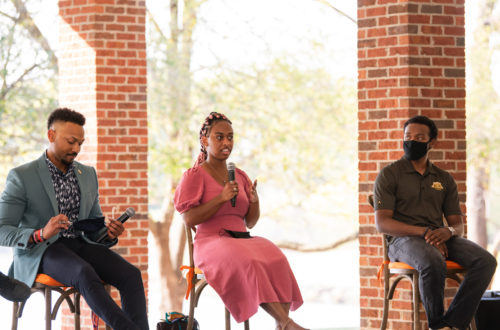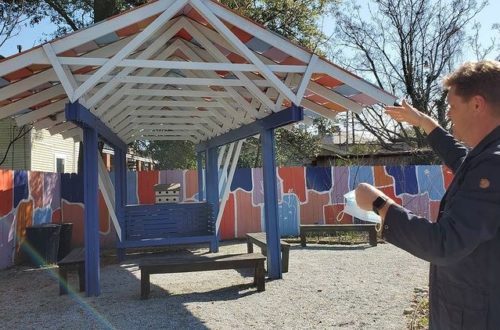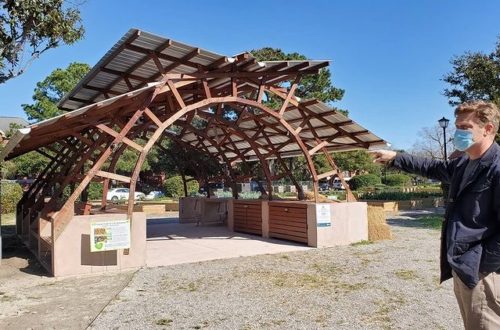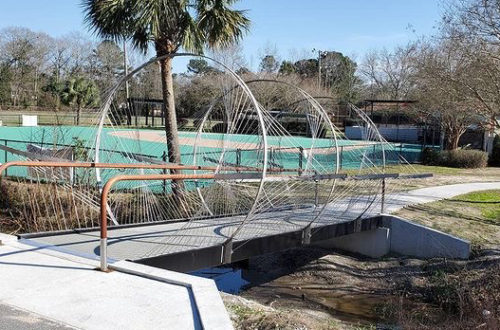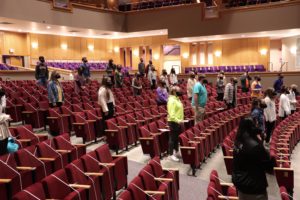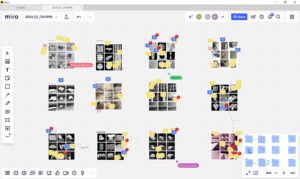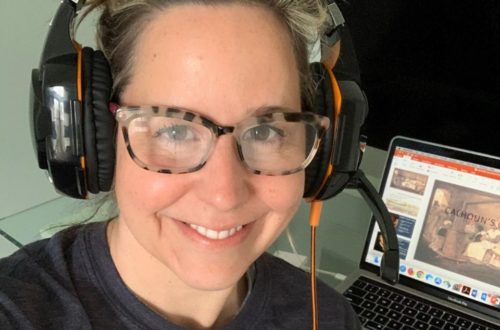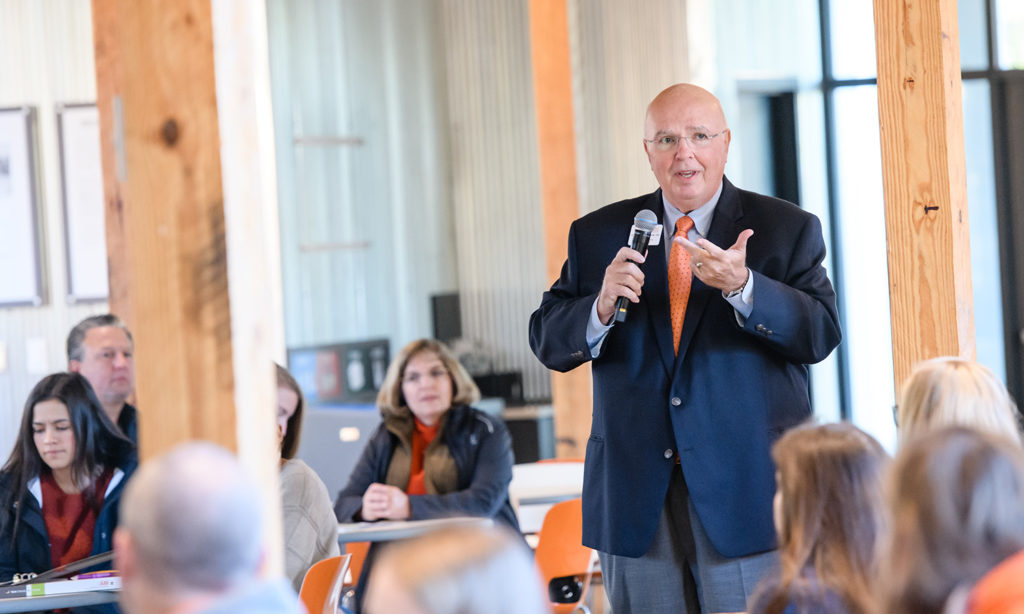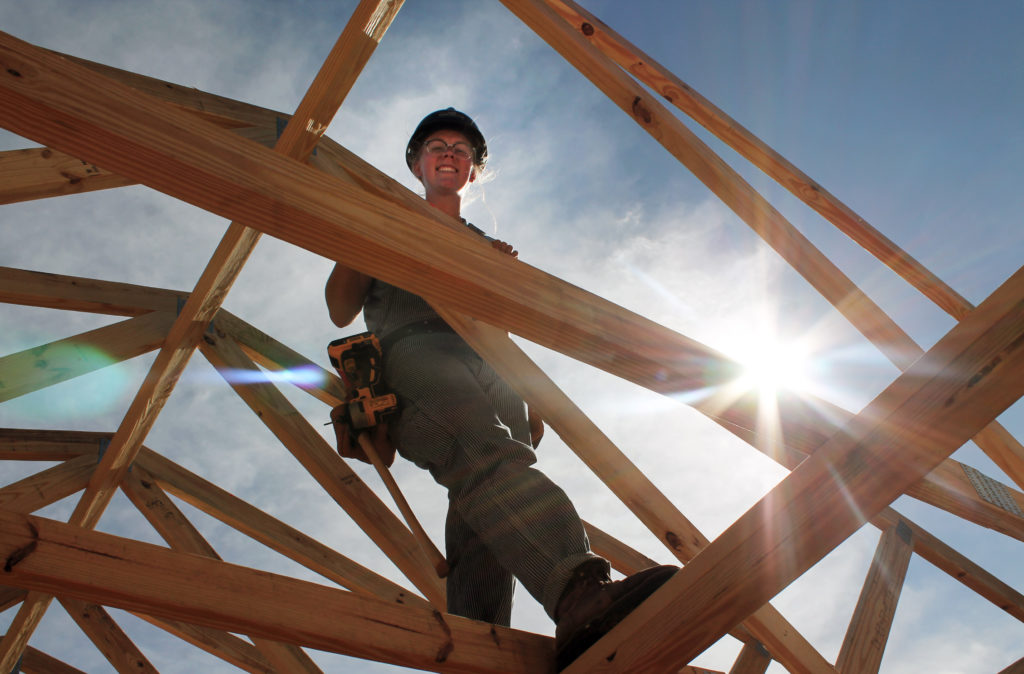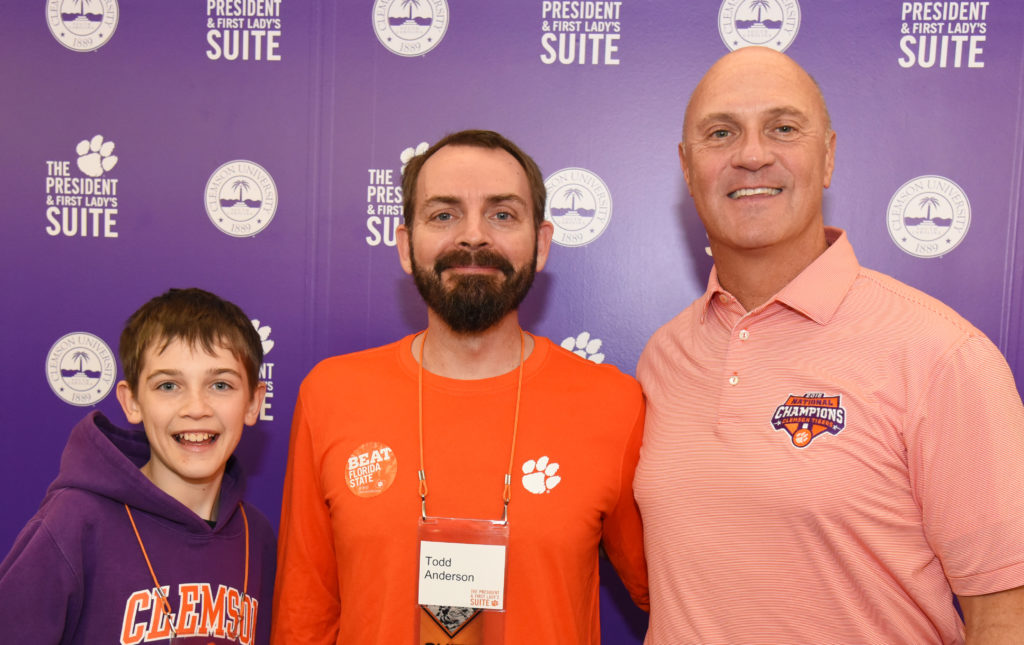A major gift for Architecture, and new leadership in English
Dear Faculty, Staff, Alumni and Friends,
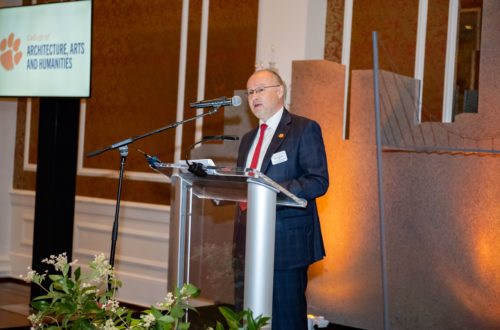
First and foremost, I am so pleased, proud and grateful to announce the $3 million Cornerstone gift from Bill and Laura Pelham. Thank you so much, Bill and Laura! A full article in this month’s newsletter tells the details of how their gift will serve our students, but I don’t know if it can convey what a gratifying end it made to such a tumultuous year!
The University held a memorable event to celebrate the gift at the Poinsett Club in Greenville. Our President was in attendance and shared a few thoughts, as did I. One of the comments I made was that it is remarkable to what extent this gift aligns perfectly with the strategic priorities we have been articulating for the College during the planning exercise we have been undertaking this past semester. The Pelhams’ generosity truly could not have come at a better time or in a better form.
A couple of additional announcements. Susanna Ashton will be stepping down as Chair of the English Department at the end of June. She has done an amazing job over the last four years, especially navigating her large and complex department through the pandemic. We will miss her energy, her panache, and her vibrant sense of humor. But we also wish her well as she goes off for a richly-earned sabbatical in the fall, followed by a spring to be spent as a Research Fellow at the Hutchins Center for African & African American Research at Harvard University. While at Harvard, Susanna will be continuing her work on John Andrew Jackson, an escaped slave from South Carolina who became an international speaker and author in the 19th century. Hats off to you, Susanna!
Succeeding Susanna as the incoming Chair of English is Will Stockton, Professor of English and a scholar of the early modern period including his namesake William Shakespeare, a lesser-known playwright who produced some pieces for performance at the Globe Theatre in London.
I was also hoping to be able to make two additional leadership announcements, one for the conclusion of our national search for a new full-time director of Pan African Studies, and one for our internal search for a new Director of the Humanities Hub to replace Lee Morrissey who will be stepping down at the end of the summer. An announcement for both is imminent, and we hope to be at liberty to give you the news in our August newsletter, if not sooner.
Last but not least, the Dean’s team has been hard at work these last weeks, preparing the College report to the Board of Trustees, my first since becoming Dean, which will be presented later this fall. The talent and hard work of our students, faculty, staff and alumni have given us a deep well of accomplishments from which to draw for our presentation.
With best wishes to all for the summer as we pull out of COVID at last…
“Go Tigers!”
Nicholas Vazsonyi, Dean
College of Architecture, Arts and Humanities
Follow Dean Nicholas Vazsonyi!

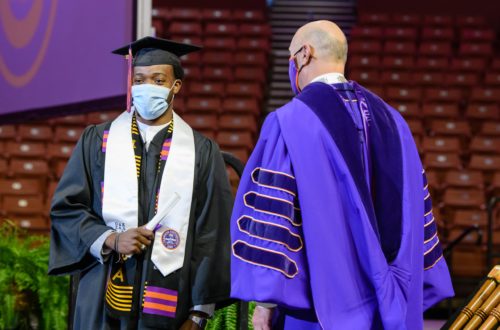
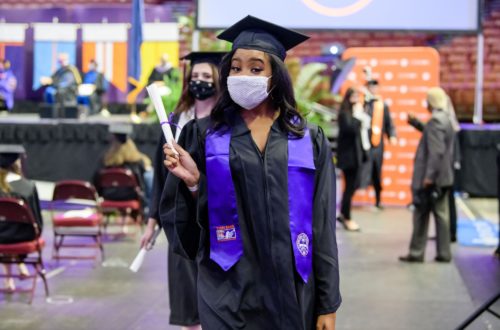
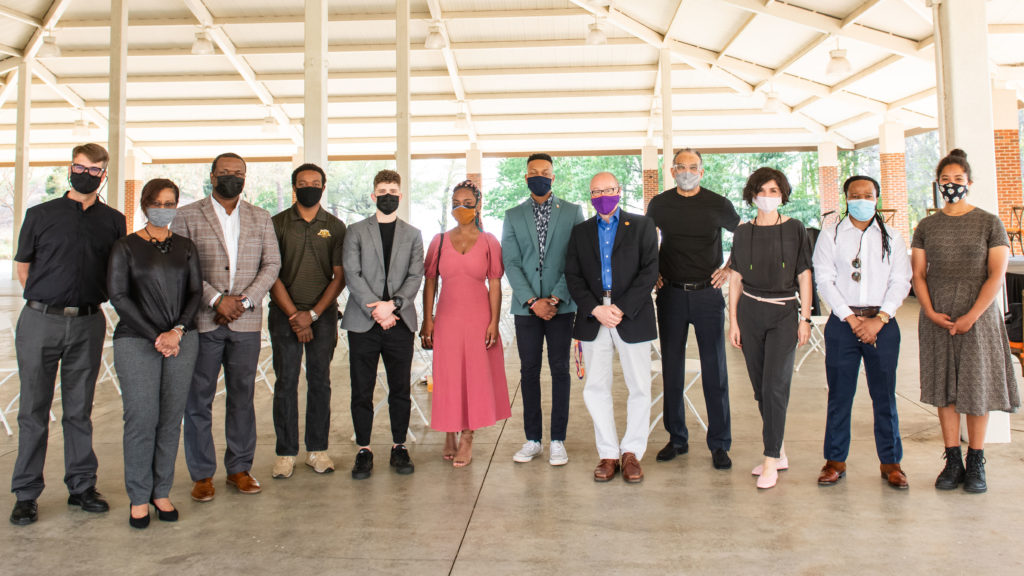 College initiates Conversations on Race and Reconciliation
College initiates Conversations on Race and Reconciliation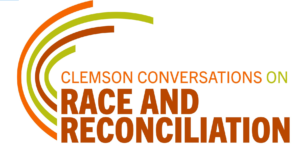 The impulse that led me to the basic idea of the conversations series is that I have been increasingly dismayed not only at the growing divide and the accompanying tensions we see in this country, everywhere we look, but at the absence of any dialogue that might resolve anything. We seem to have lost the art of constructive talking and listening, where people with differing points of view actually sit together and communicate with each other. Being respectful and not judgmental. Admittedly, Clemson is only one very small corner of this country, but my hope for the Clemson Conversations initiative is that we can find our way to listening, hearing, understanding, and, yes, work toward reconciliation. How can we possibly move forward together and solve the many problems we face without it?
The impulse that led me to the basic idea of the conversations series is that I have been increasingly dismayed not only at the growing divide and the accompanying tensions we see in this country, everywhere we look, but at the absence of any dialogue that might resolve anything. We seem to have lost the art of constructive talking and listening, where people with differing points of view actually sit together and communicate with each other. Being respectful and not judgmental. Admittedly, Clemson is only one very small corner of this country, but my hope for the Clemson Conversations initiative is that we can find our way to listening, hearing, understanding, and, yes, work toward reconciliation. How can we possibly move forward together and solve the many problems we face without it?